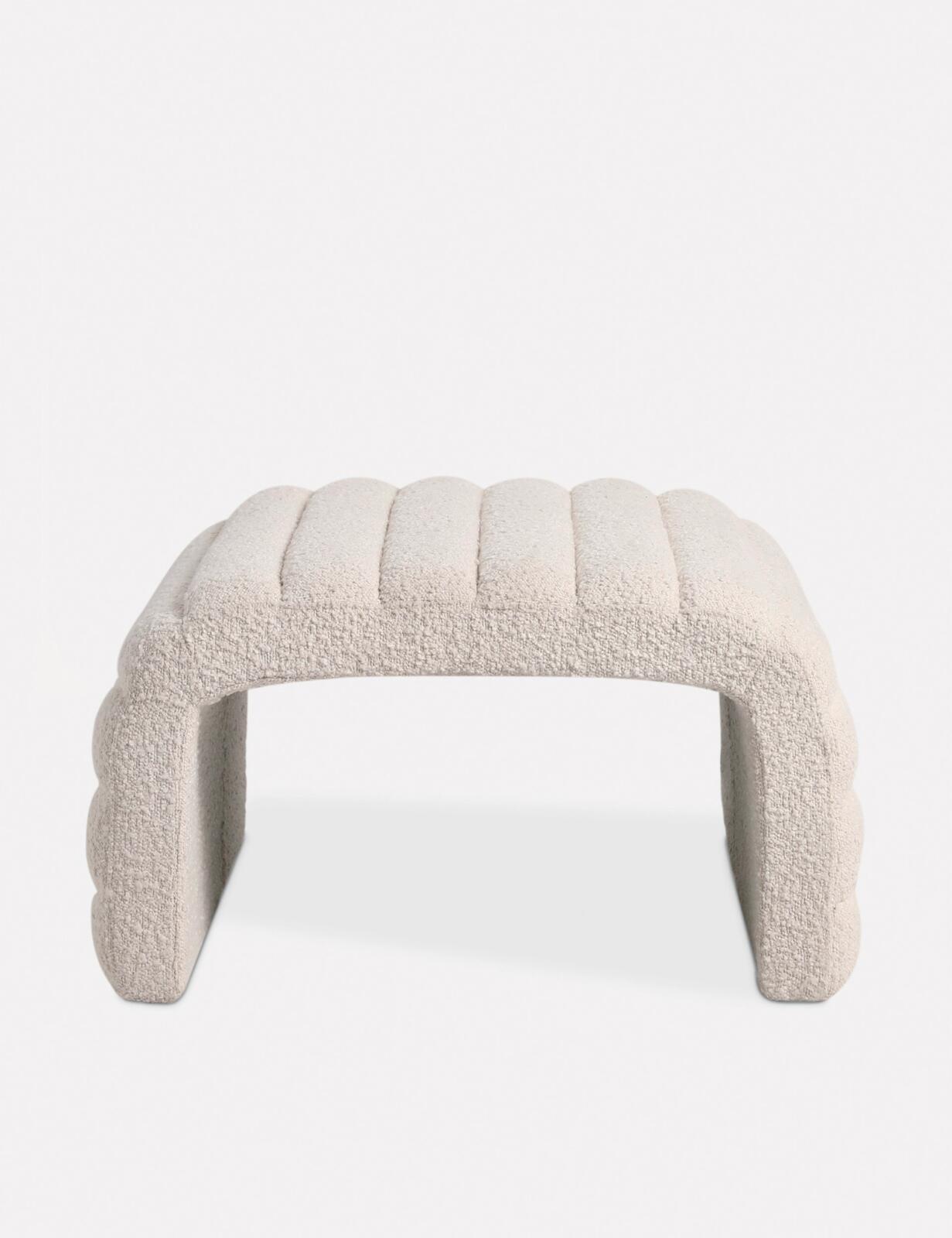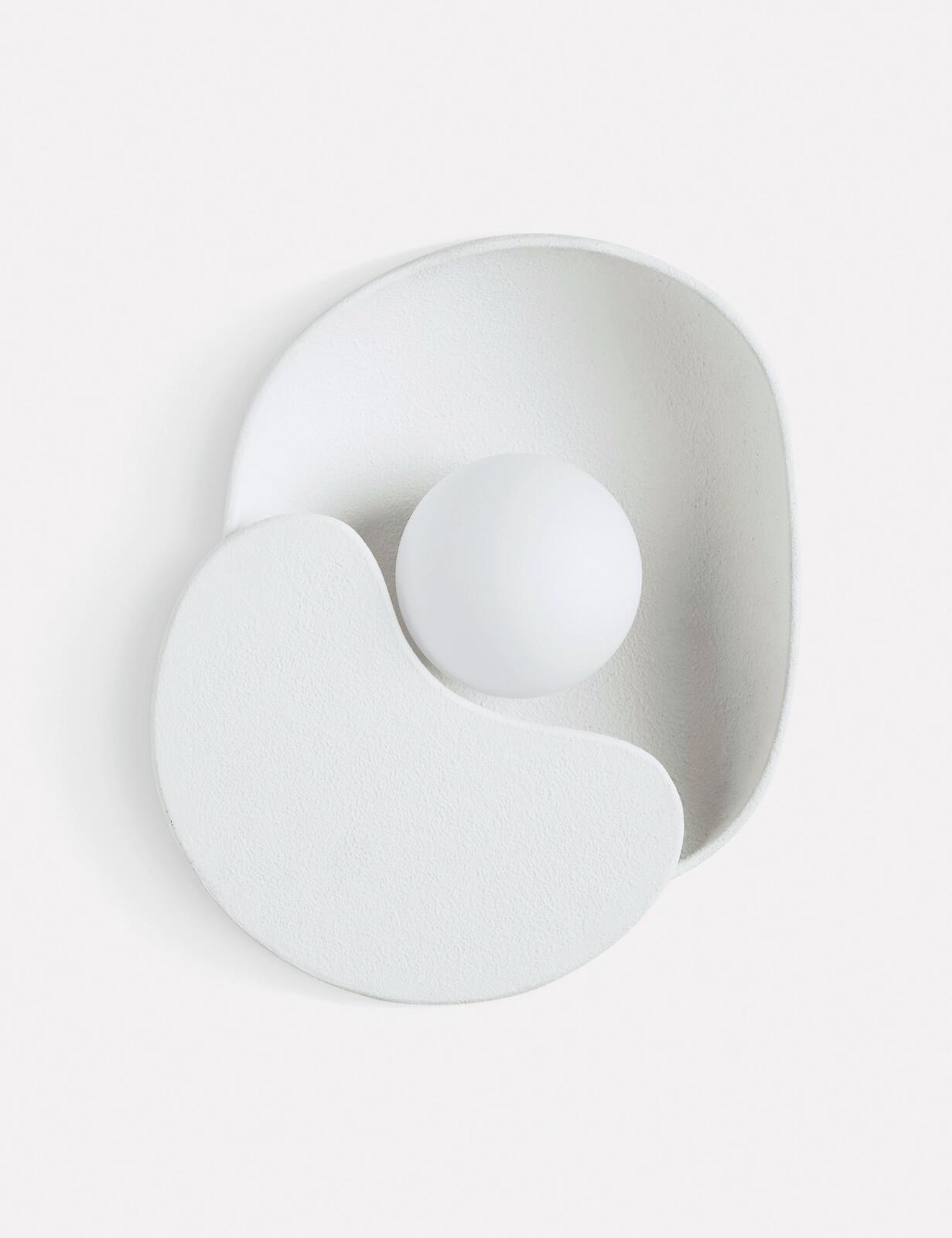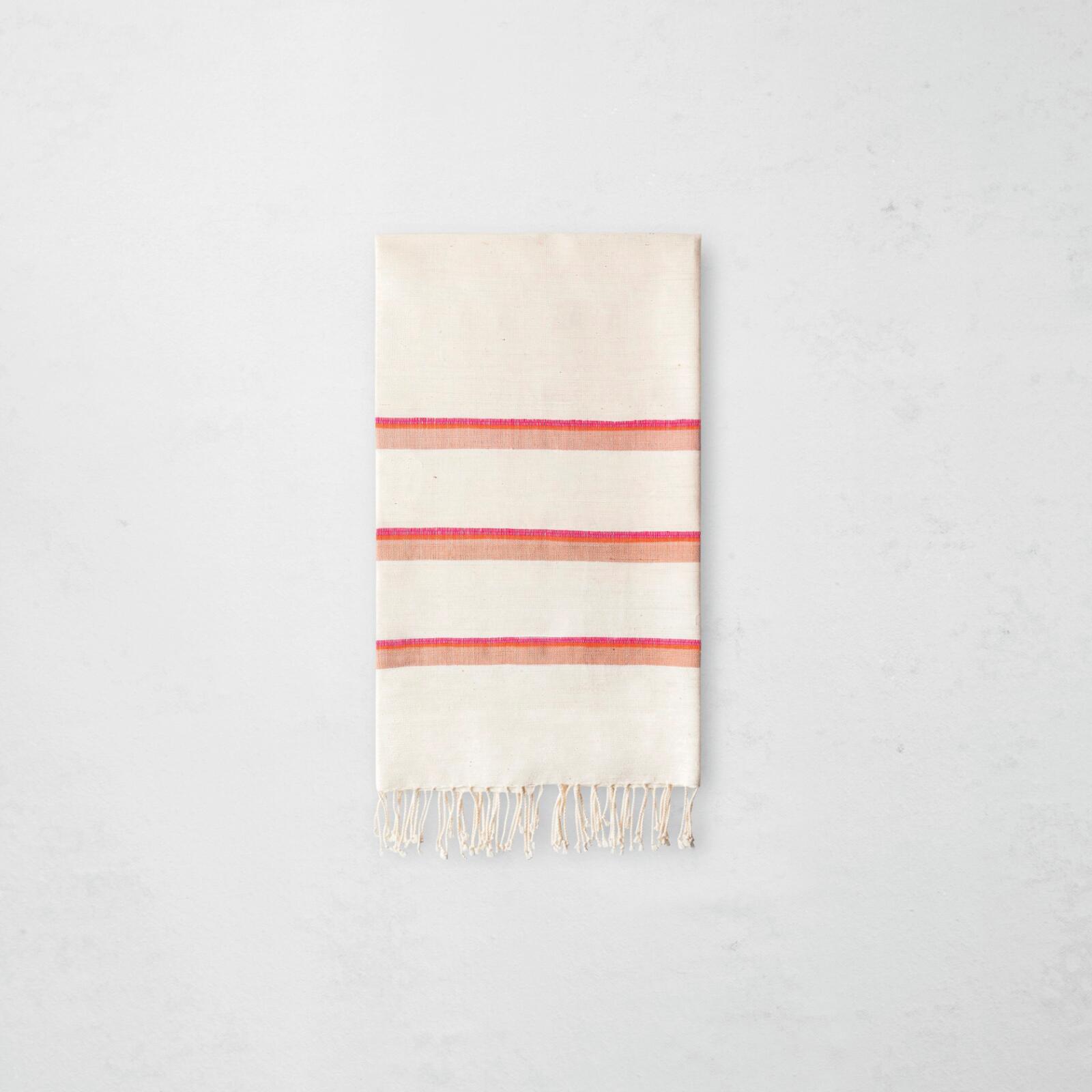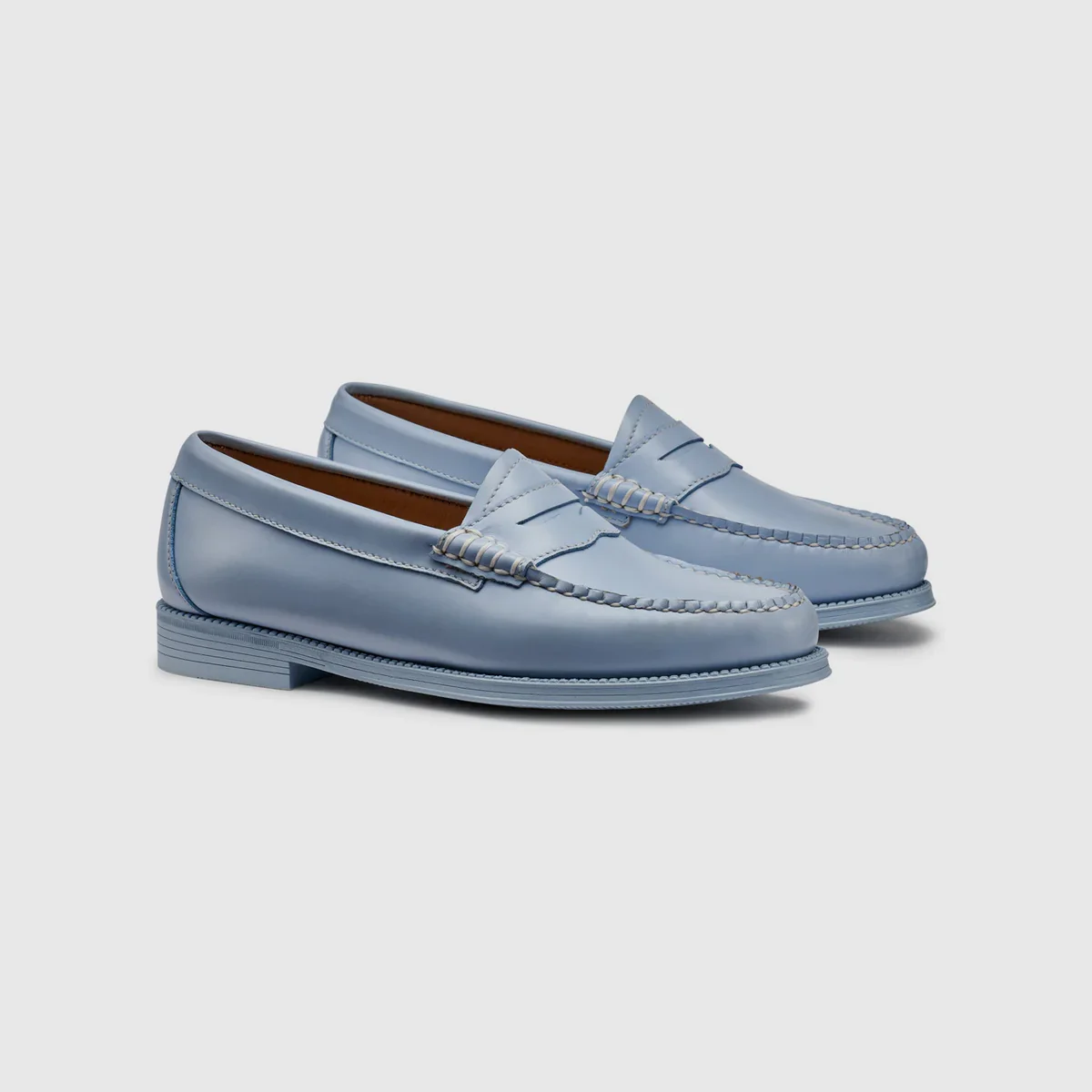
Giving birth to new life, while beautiful, is probably one of the biggest sacrifices that women who choose to be mothers will make. Aside from having to alter their schedule and personal well-being at times, new mothers also experience body changes due to growing a human inside their body for 9 months.
The post-pregnancy bulge, “mommy tummy” or “mommy pooch,” is a reality for some moms, as it may be difficult for certain mothers to “bounce back” to their original body weight or smaller after giving birth to their children. Also, from a medical point of view, mothers can also experience Diastasis Recti Abdominis, which is usually undiagnosed and untreated, but the condition is a vertical gap between the front abdominal muscles. Throughout pregnancy, the muscles stretch to accommodate the growing fetus, making the connective tissue between the abdominal muscles thin and weakening, causing a bulge in your belly. If DRA remains untreated, it can cause significant back pain and make it difficult to lift heavy objects, let alone work out. Additionally, mommy pooch can be caused by hormonal changes, separated abdominal muscles, and stretched-out soft tissue.
Although it can be difficult for new mothers to focus on themselves and their physical health, working out consistently can be a good option to shed a few postpartum pounds and beat the mommy pooch. Unfortunately, several abdominal exercises, such as sit-ups, crunches, and planks, can cause too much pressure on the connective tissue you are trying to heal, which can worsen the separation for mothers. This is why it’s important to focus on exercises that specifically target the deep core muscles and promote overall core strength. While everybody tells a unique story and needs exercises designed specifically for them, there are five exercises that most women with diastasis will benefit from including in their routine. If you’re a new mom who’s on a mission to remove her pooch or pouch, or part of her support system, you should scroll below to check out some low-lift and diverse exercises that are great for removing the mommy pooch.
Focus On Your Abs: Seated Ab Twists:
- Begin in a seated position on your mat.
- Lift both legs up and off the floor while supporting balance with both hands behind you.
- Keeping your upper body completely stationary, slowly twist your lower body to the right side as far as possible while maintaining control.
- Bring your legs back to the center.
- Twist to the other side.
- Repeat.
Practice Planks To Engage Your Core:
- Start in the forearm plank position.
- Keep abs tight and press down through your shoulders and arms as you lift your hips up to the ceiling and your chest in towards your feet.
- Hold for 5-10 seconds.
- Return to the forearm plank position and repeat.






Fire Hydrant:
- Start in the tabletop position again, hands under shoulders, knees under hips, and a slight bend in the elbows.
- Place the ball behind your right knee, and flex your foot to engage the hamstring and keep the ball in place.
- Next Inhale, and lift your knee up behind you to about hip height. Hold for a second, and then exhale as you slowly release the knee back down.
- Pull your weight into your right hand as you do this so you don’t sink into your left hip, and keep the squeeze on that ball.
- Do this for a total of eight reps, and then lift your knee up and hold it as you squeeze on the ball for eight reps. Do this for a total of eight reps, and repeat on the other side.
Bridging:
- Start lying on your back with legs bent, feet flat on the floor, and arms by sides.
- Next, tuck the tailbone and lift it back off the floor one vertebra at a time until the torso forms a straight line from shoulders to knees.
- Pause for a moment at the top to squeeze glutes. Reverse motion to return to start.
- Repeat
Toe taps:
- Lay back with arms by sides, legs bent at 90 degrees, and feet lifted in the air so shins are parallel to the floor.
- Hinge at the hip joint to lower the left foot toward the floor without letting the lower back lose contact with the mat.
- Lift leg back to start position by engaging low abdominals. That’s one rep.
- Complete two sets of 10 reps per side.







